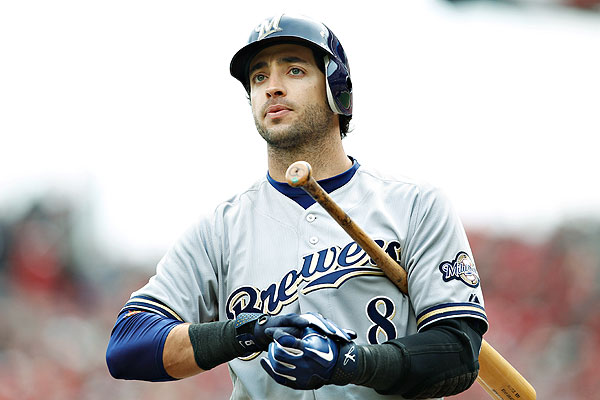A basketball championship was decided Thursday. Apparently
the legacies of a handful of contestants also teetered on the balance. Could
Tim Duncan win a fifth championship? Would LeBron James handle business in the
Finals? Would the Miami Heat repeat as champions? Could a core of 30-somethings
win another title in San Antonio?
Miami committed more turnovers and had fewer fast break
points, yet the Heat surged late to win. Much to my initial disgust James and
the Heat celebrated again.
You see, I’m a closeted Heat Hater. Not even being a fair weather
Orlando Magic fan, could encourage me to root for that team down south out of
Floridian solidarity. For some reason this particular gang of superstars irked
me to the point I was nonplussed about their success. Even though I was well aware
that nearly every championship-winning team in the last 35 years had at least one
Hall-of-Famer on its roster, the gobs of talent in South Florida evoked
disdain.
(Dennis Johnson was the only Hall-of-Famer on the 1979
Seattle SuperSonics and the jury is out about the 2004 Detroit Pistons.)
San Antonio seemed a more organically grown team. Its core
of Tim Duncan, Manu Ginobili and Tony Parker were drafted by the franchise.
Defensive stopper Kawhi Leonard was acquired via a trade on 2011 Draft Night
and other players were cultivated from the basketball wilderness. That
background, combined with spending two years in South Texas, earned my respect.
Basketball is not a game won on sentiment, or respect —especially
when both are coming from me.
Thursday’s game was won because the best player in the world
played like it. San Antonio dared James and his sidekick Dwayne Wade to shoot
jump shots. The two snipers obliged as James shot 52.1 percent from the field
and Wade shot 52.3 percent. Combined the duo scored 60 of Miami’s 95 points.
No matter how much the Spurs tried to dethrone the Heat, the
self-proclaimed King and his court would not be moved Thursday night. Of course
it helped that Ginobili could not turn back time for the second time in the
series, Danny Green played like… Danny Green circa 2009 and Tony Parker was
once again ordinary.
It’s not like those things happened in a vacuum.
James was dared to shoot and he made shots. He and Wade kept
abusing Green on the defensive end. At the end of the first half I joked with
my cousin that “Whenever someone mixes Danny Green and shoots, it’s a
guaranteed basket.” From my vantage point, on the couch, James and Wade defensively
discombobulated Green at least five times in the first half and it resulted in
11 points.
The bantering with my cousin continued all night. He, the diehard
Heat fan, and I, the Heat hater, were going back and forth. Though when a soft
foul was called against the Spurs he wasn’t so rooted to his position to point
it out and I waffled between bewilderment and awe at the shooting of Heat role
players Shane Battier and Mario Chalmers.
After Duncan missed twice inside of three feet with less
than a minute remaining to essentially end the game my cousin, who is a
professional athlete in his own right, stated that if LeBron did the same thing
he would be pillared by the press.
It was a point I had not considered. As I drove home I
wondered whether we, the sports media, and the fans are too critical of James
and his band of merry men.
With the exception of Michael Jordan, most of the best
players in basketball with multiple championships lost in the NBA Finals. Bill
Russell lost in 1958. Kareem Abdul-Jabbar lost in 1973. Wilt Chamberlain had a
handful of failures. Julius Erving had a 1-3 record in the NBA Finals. Magic
Johnson, Larry Bird, Hakeem Olajuwon and Isaiah Thomas all lost at least once
in the 80s. Thanks to 37 points and 12 rebounds from James, Tim Duncan also
joins that elite list of Finals losers.
I may be a Heat hater, but an appreciation for basketball
history, and a belief the Heatles were defecating on it by banding together, is
what led to such a snobbish attitude about the franchise in the first place. If
history was going to be my gauge, Thursday’s winners certainly deserve their
place.
Miami had the third best regular season record of any reigning champion in
NBA history. The only other teams with better records were led by some Jordan
guy. Another reason even the haters, and diehard Spurs fans, can’t discredit
their work? Miami beat every team in the NBA at least once this season.
Thursday proved this Heat team deserved its legacy among the
pantheon — even if others may disagree.
Laughs and liveliness,
-Wb





